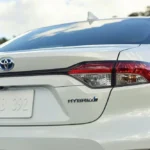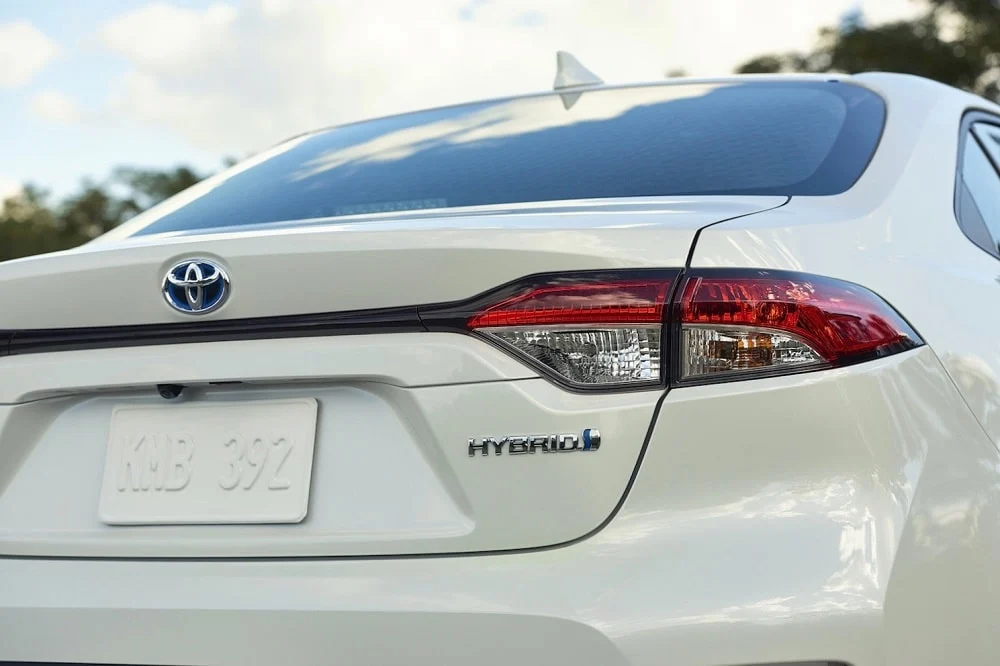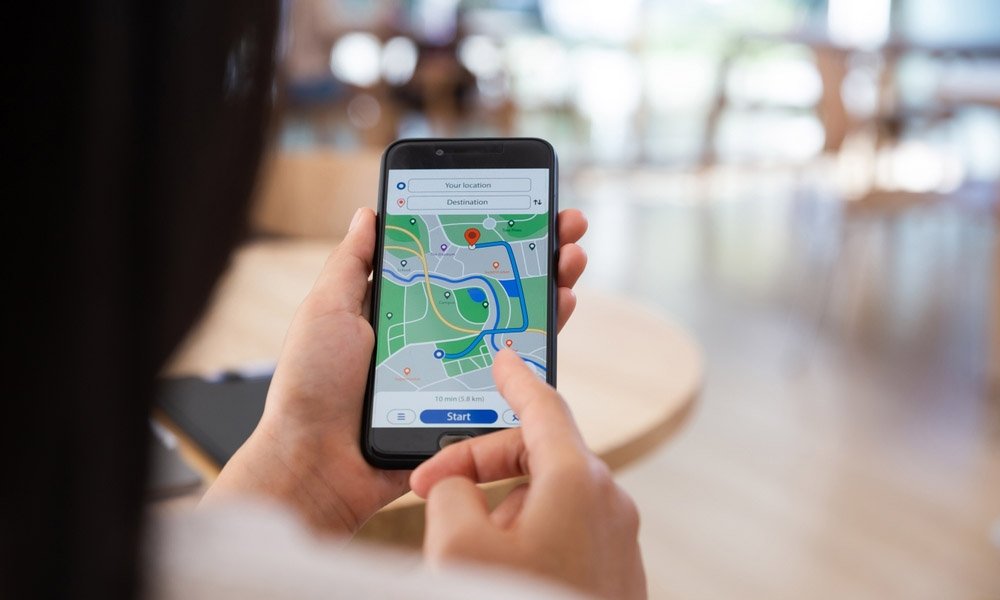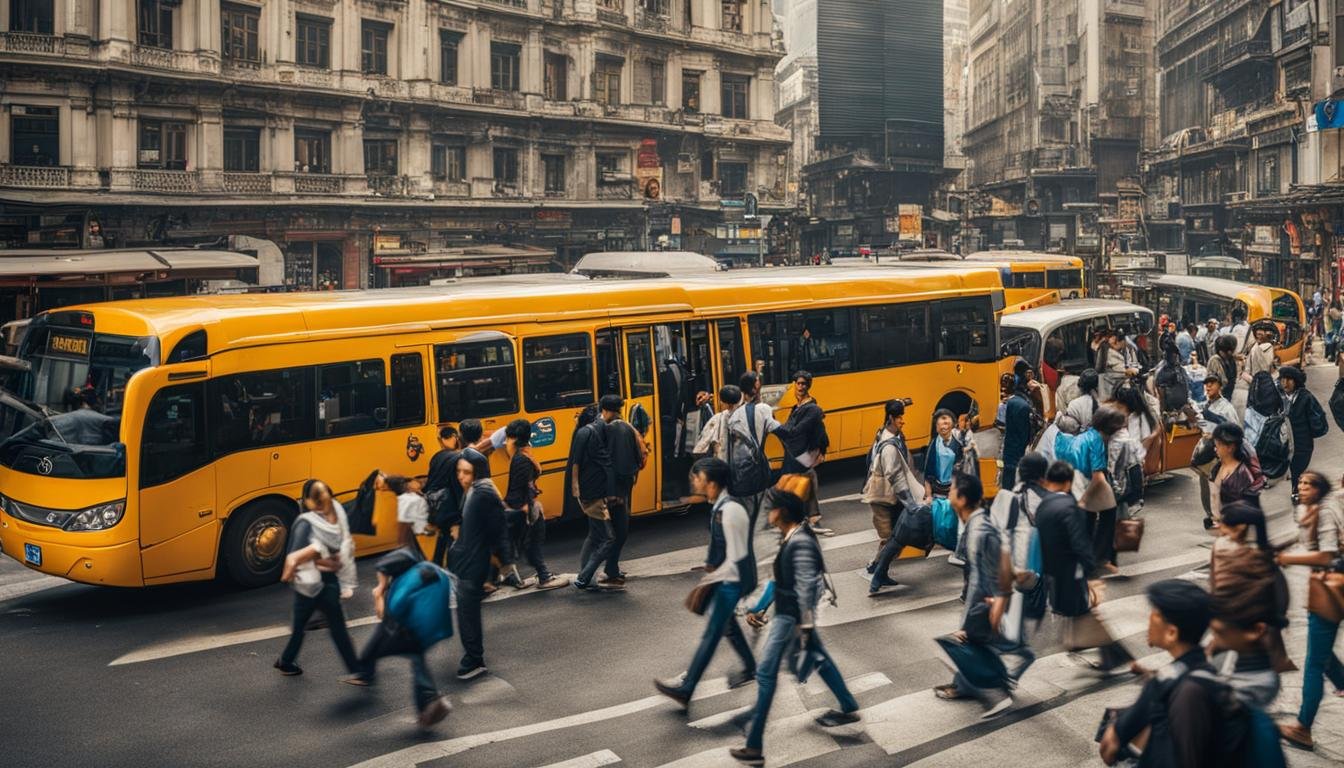Modern transportation systems are the backbone of our daily lives, enabling the movement of people and goods across vast distances. However, these systems come with significant environmental consequences. From air pollution to habitat destruction, the impact of transportation on the environment is profound. This blog explores the major environmental effects of transportation systems and highlights sustainable alternatives for a greener future.
Air Pollution and Greenhouse Gas Emissions
One of the most significant environmental impacts of transportation is air pollution. Vehicles powered by fossil fuels emit harmful pollutants such as carbon dioxide (CO2), nitrogen oxides (NOx), and particulate matter. These emissions contribute to:
- Climate Change: CO2 is a major greenhouse gas responsible for global warming. The transportation sector is one of the largest contributors to CO2 emissions worldwide.
- Air Quality Issues: Pollutants like NOx and particulate matter lead to respiratory problems and other health concerns in urban areas.
- Smog Formation: Emissions from vehicles combine with sunlight to form smog, reducing visibility and harming ecosystems.
Habitat Destruction and Urban Sprawl
The expansion of transportation infrastructure often leads to habitat destruction. Roads, railways, and airports require large areas of land, which disrupt ecosystems and fragment wildlife habitats. Additionally:
- Urban sprawl, driven by the need to accommodate transportation systems, consumes natural landscapes.
- Wildlife corridors are disrupted, leading to reduced biodiversity and increased human-animal conflicts.
Resource Consumption and Waste
Modern transportation systems are resource-intensive. From the extraction of raw materials to the disposal of end-of-life vehicles, the entire lifecycle of transportation infrastructure and equipment impacts the environment. Key concerns include:
- Energy Consumption: Fossil fuels dominate the energy mix in transportation, with renewable alternatives still underutilized.
- Material Use: Building and maintaining transportation systems require concrete, steel, and other materials with high environmental footprints.
- Waste Generation: Decommissioned vehicles and infrastructure contribute to landfill waste.

Noise Pollution
Noise pollution from transportation systems, especially in urban areas, affects both humans and wildlife. Prolonged exposure to noise can lead to:
- Health issues such as stress, sleep disturbances, and hearing loss in humans.
- Behavioral changes in wildlife, including altered communication and migration patterns.
Sustainable Transportation Solutions
To mitigate the environmental impact of transportation, adopting sustainable alternatives is crucial. Here are some promising solutions:
Electrification
Electric vehicles (EVs) produce zero tailpipe emissions, making them a cleaner alternative to traditional internal combustion engine vehicles. To maximize their benefits, it’s essential to:
- Transition to renewable energy sources for electricity generation.
- Invest in charging infrastructure to support widespread EV adoption.
Public Transit
Encouraging the use of public transportation can significantly reduce the number of vehicles on the road, leading to lower emissions and energy consumption. High-speed trains, buses, and subways offer efficient and eco-friendly options for urban and intercity travel.
Active Transportation
Promoting walking and cycling as primary modes of transportation in urban areas reduces emissions and improves public health. Cities can support this by:
- Building dedicated bike lanes and pedestrian-friendly infrastructure.
- Implementing bike-sharing programs to increase accessibility.
Sustainable Fuels
Biofuels and hydrogen are emerging as alternative fuels with lower environmental footprints. While challenges remain in production and scalability, these options offer a promising path toward decarbonizing transportation.
Urban Planning
Thoughtful urban planning can minimize the need for extensive transportation infrastructure. Mixed-use developments and compact cities reduce travel distances and encourage sustainable commuting options.
Conclusion
The environmental impact of modern transportation systems cannot be ignored. As global populations grow and demand for mobility increases, the need for sustainable transportation solutions becomes more urgent. By embracing electrification, public transit, active transportation, and sustainable fuels, we can reduce the ecological footprint of transportation and move toward a greener future. Through collective effort and innovation, we can ensure that transportation continues to connect us without compromising the health of our planet.











